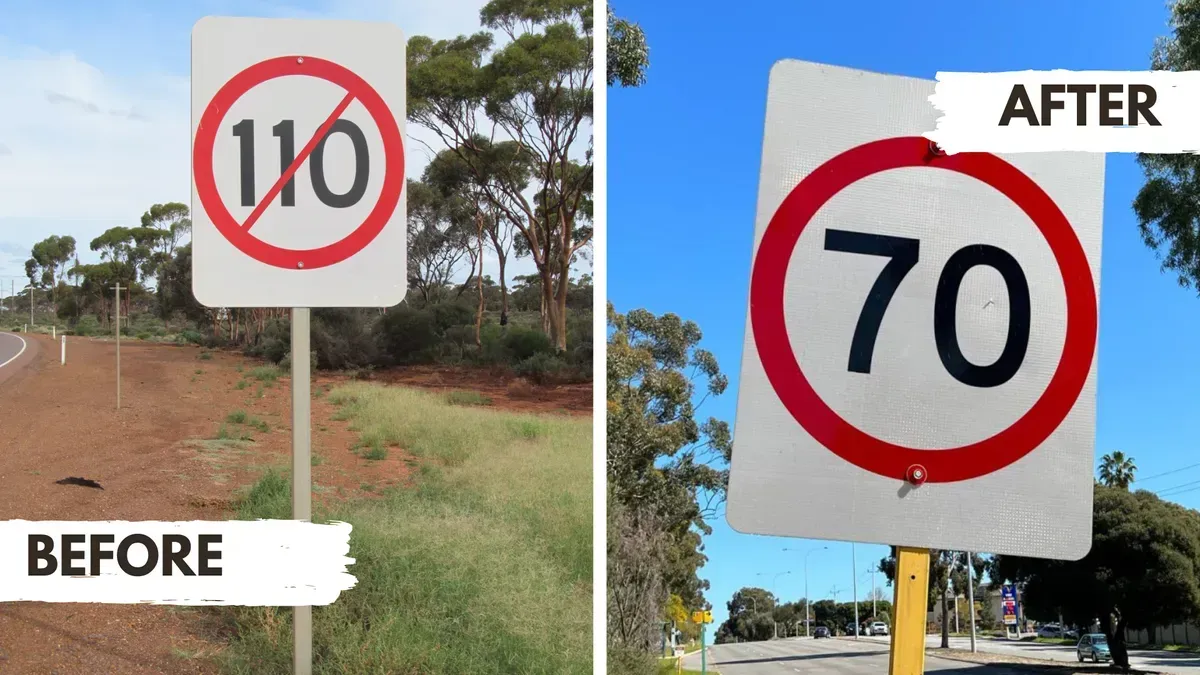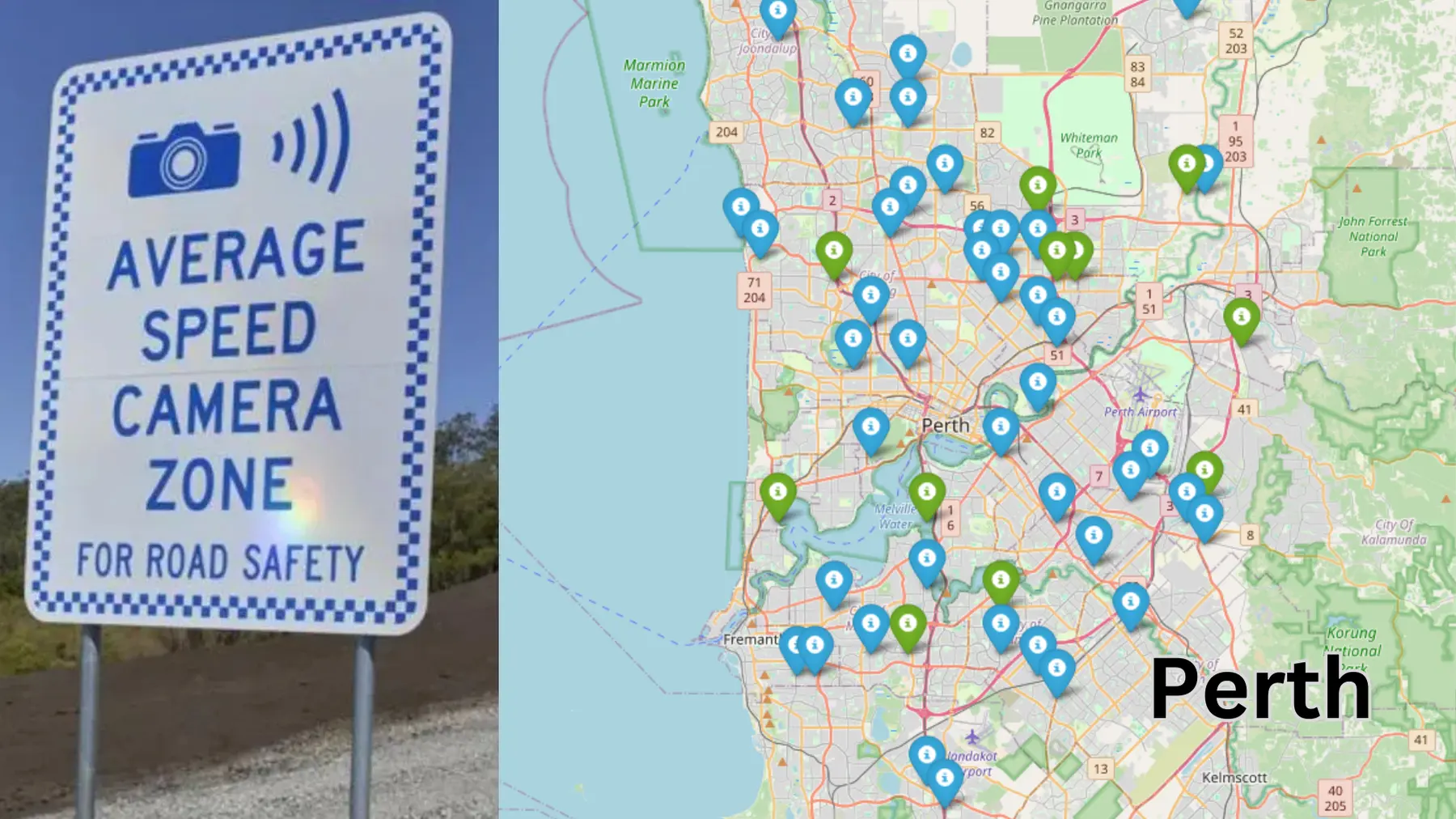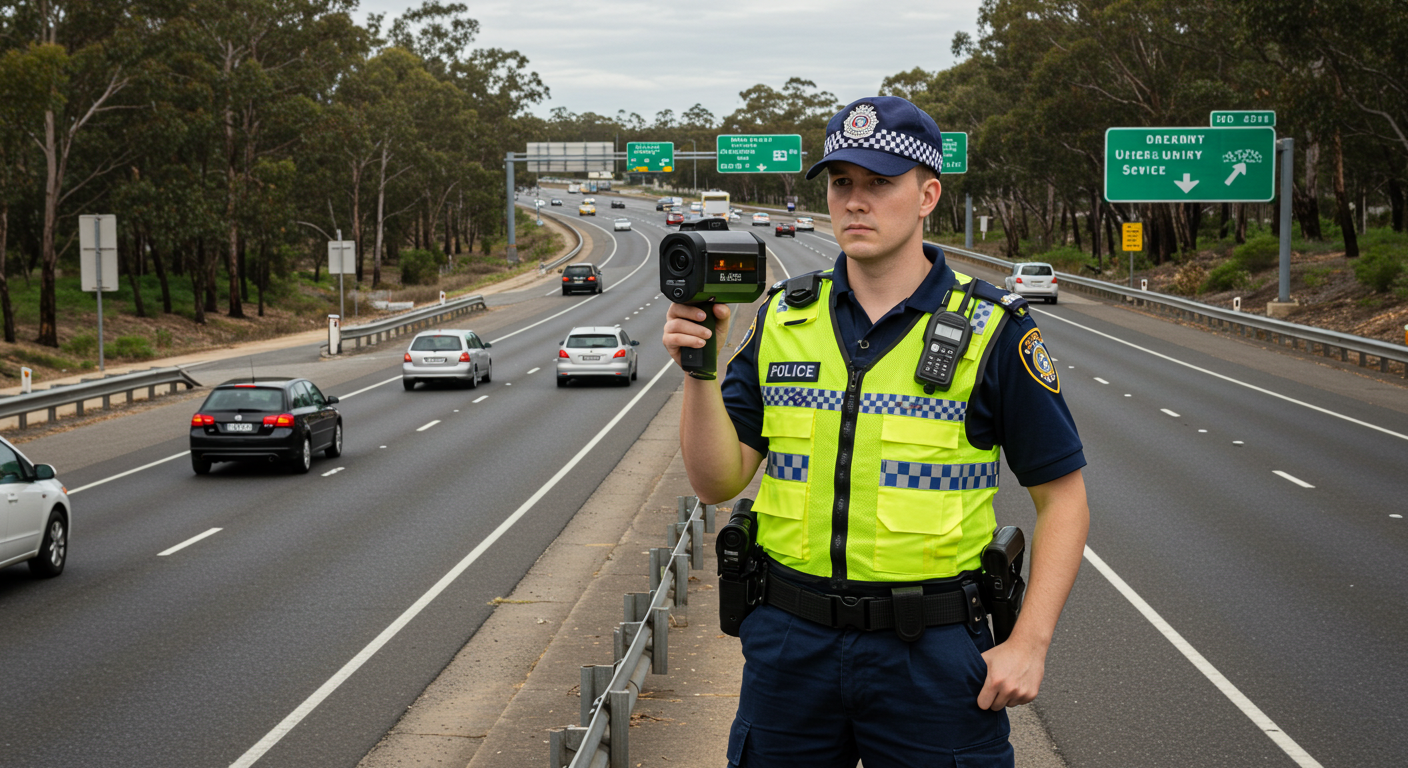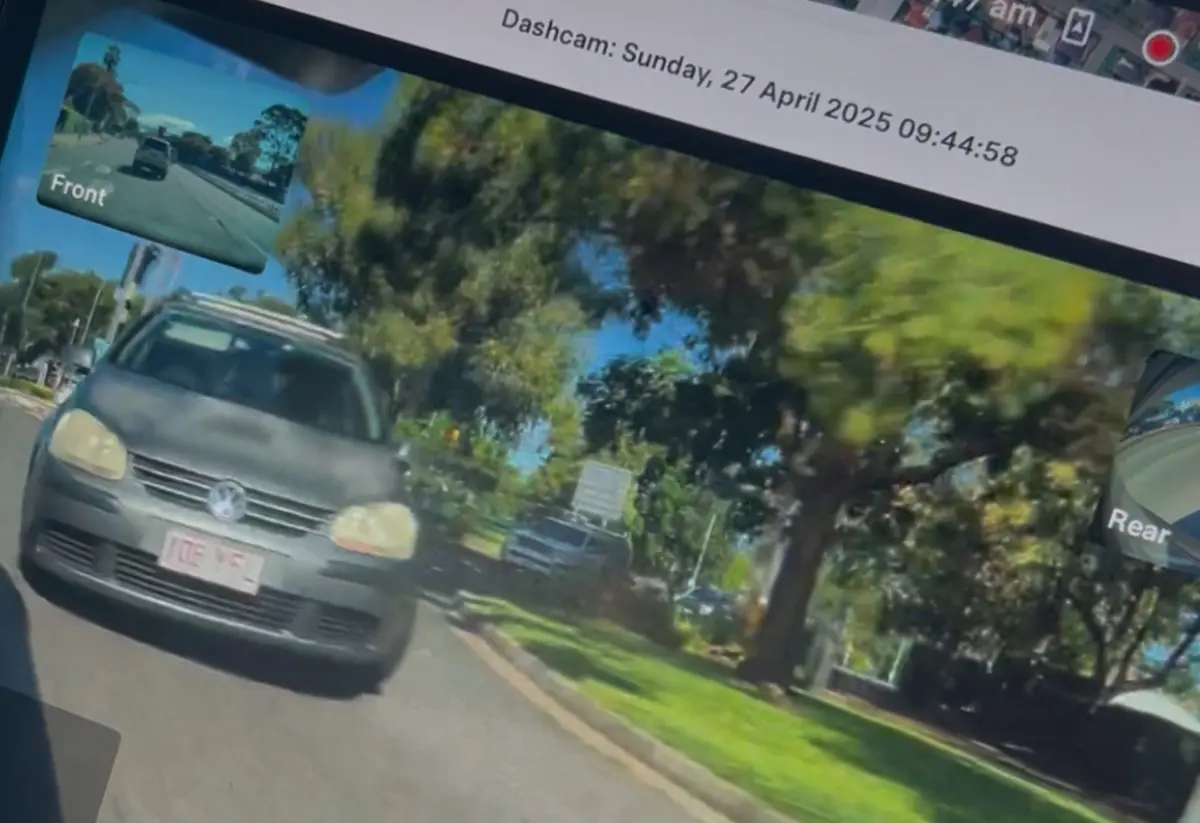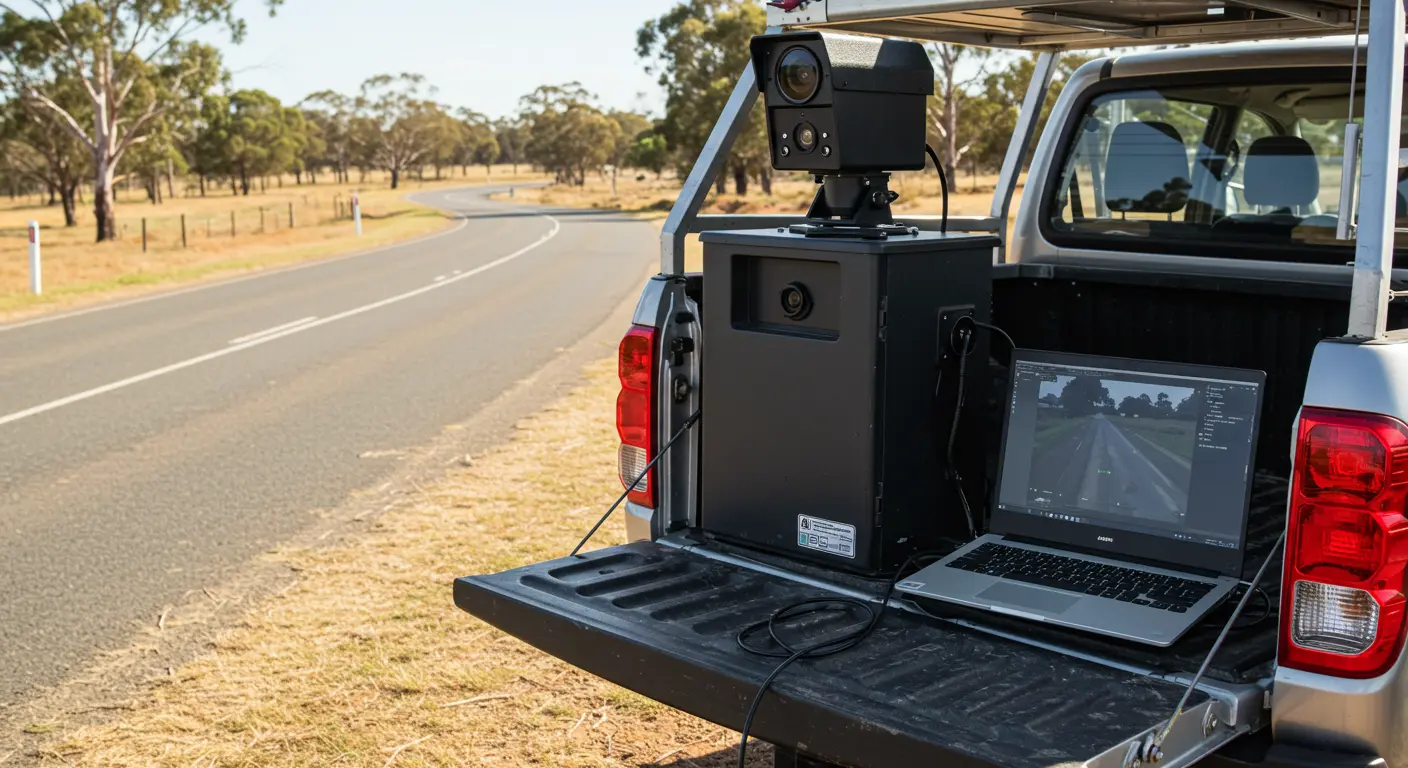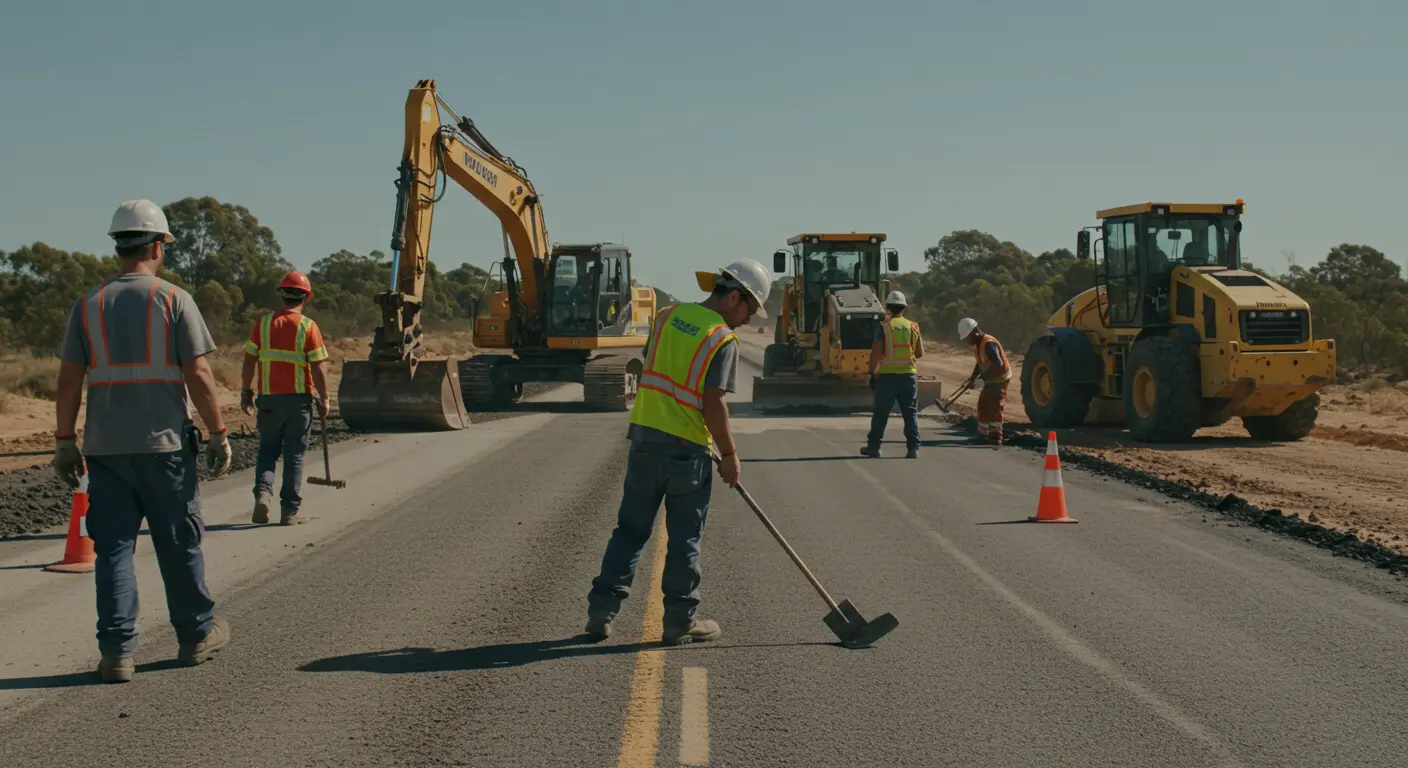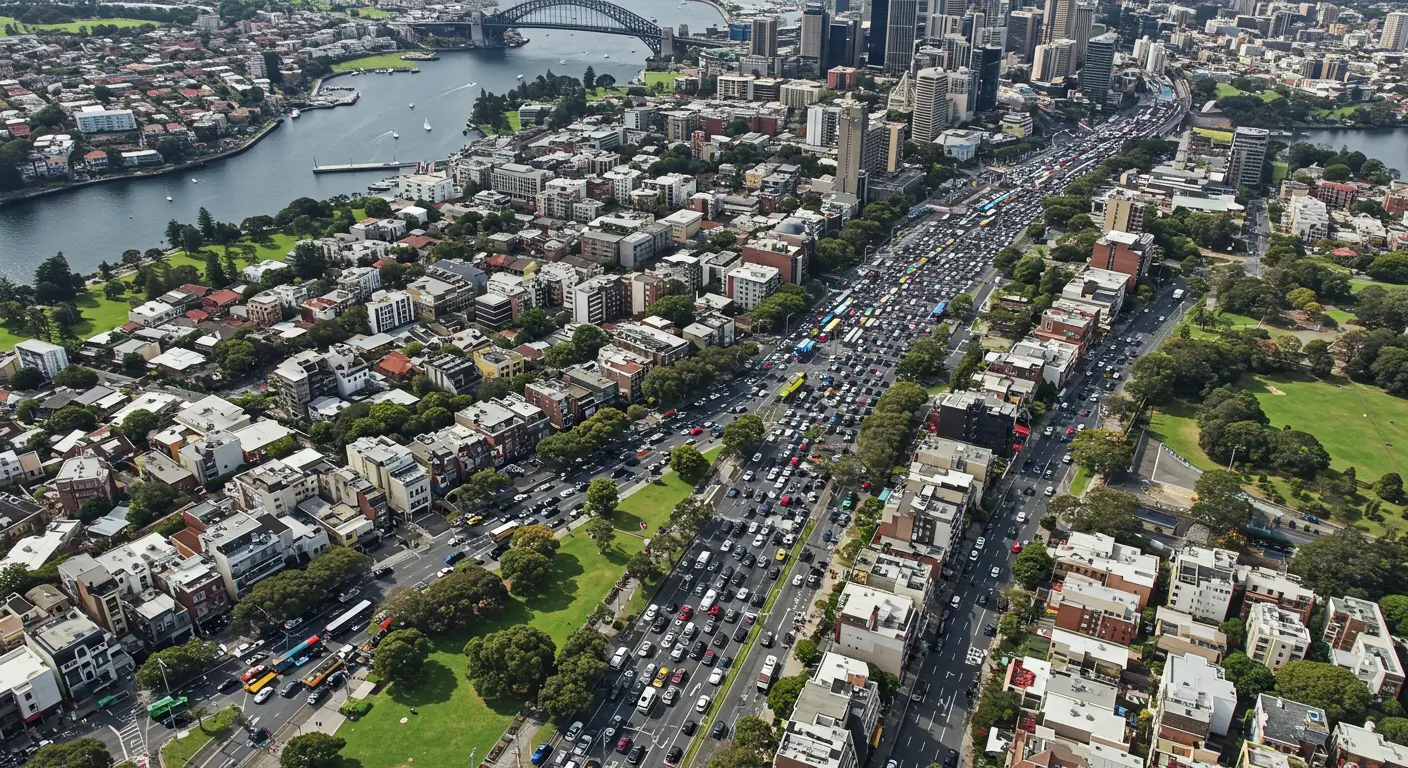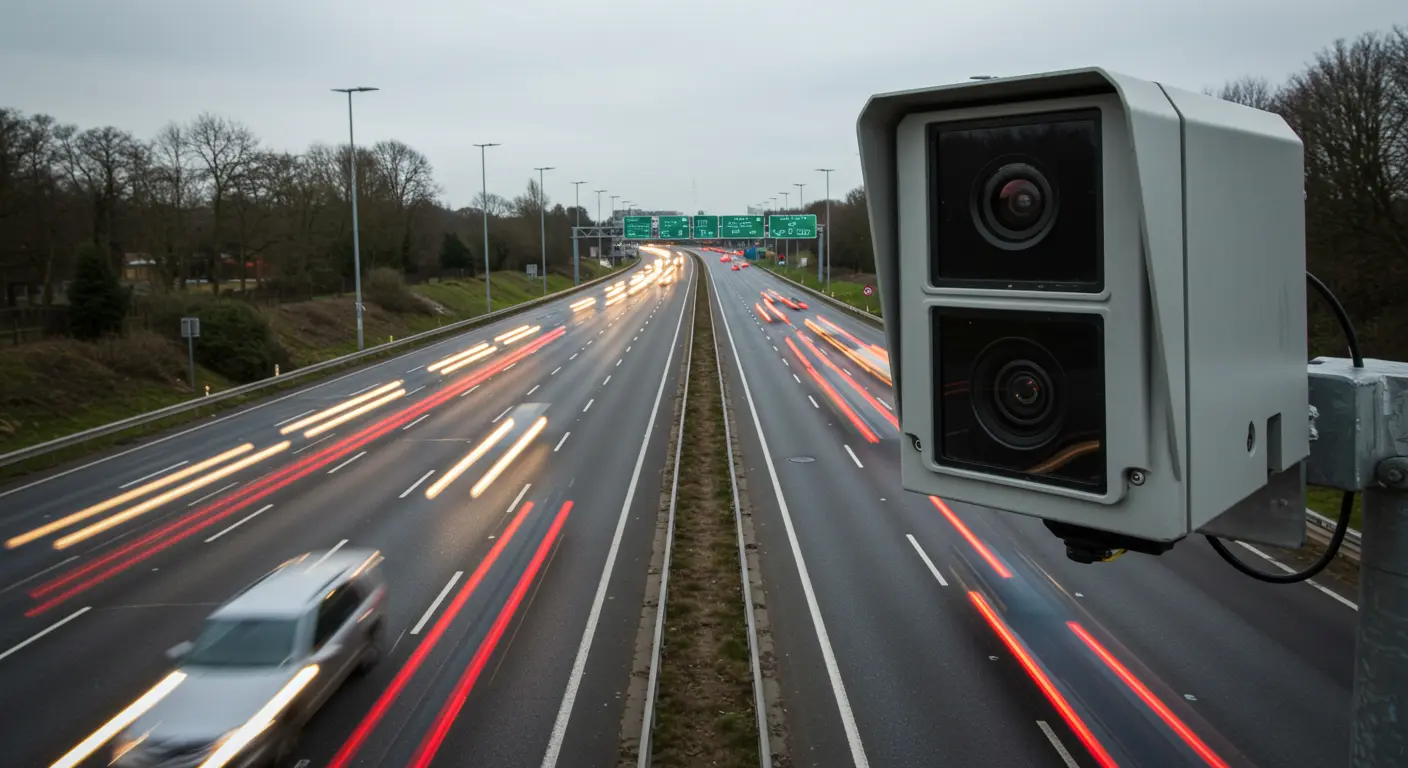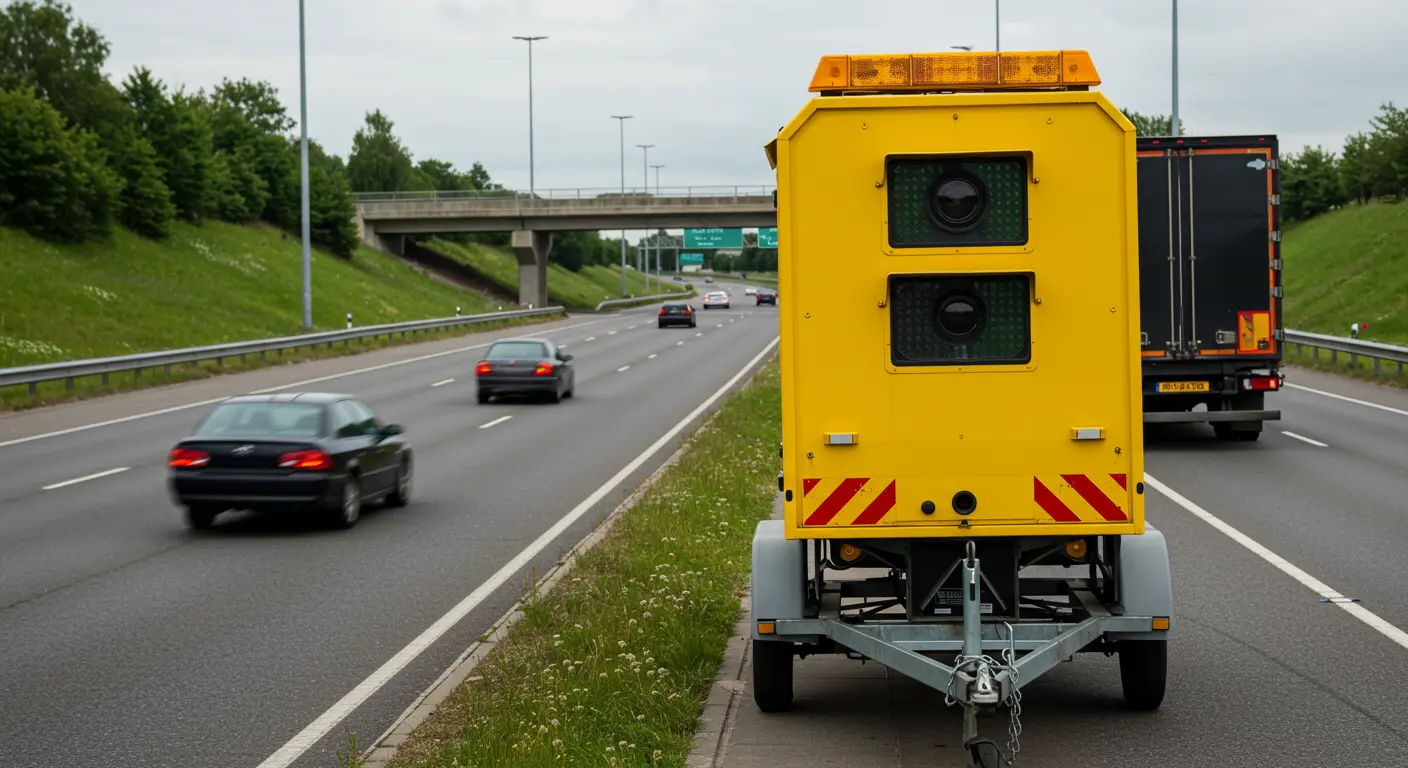Western Australia is stepping up its road safety measures with the rollout of new AI-powered cameras designed to catch drivers engaging in dangerous behaviors. The new system, set to go live from Australia Day, aims to tackle distracted driving and seatbelt non-compliance, two major contributors to road fatalities.
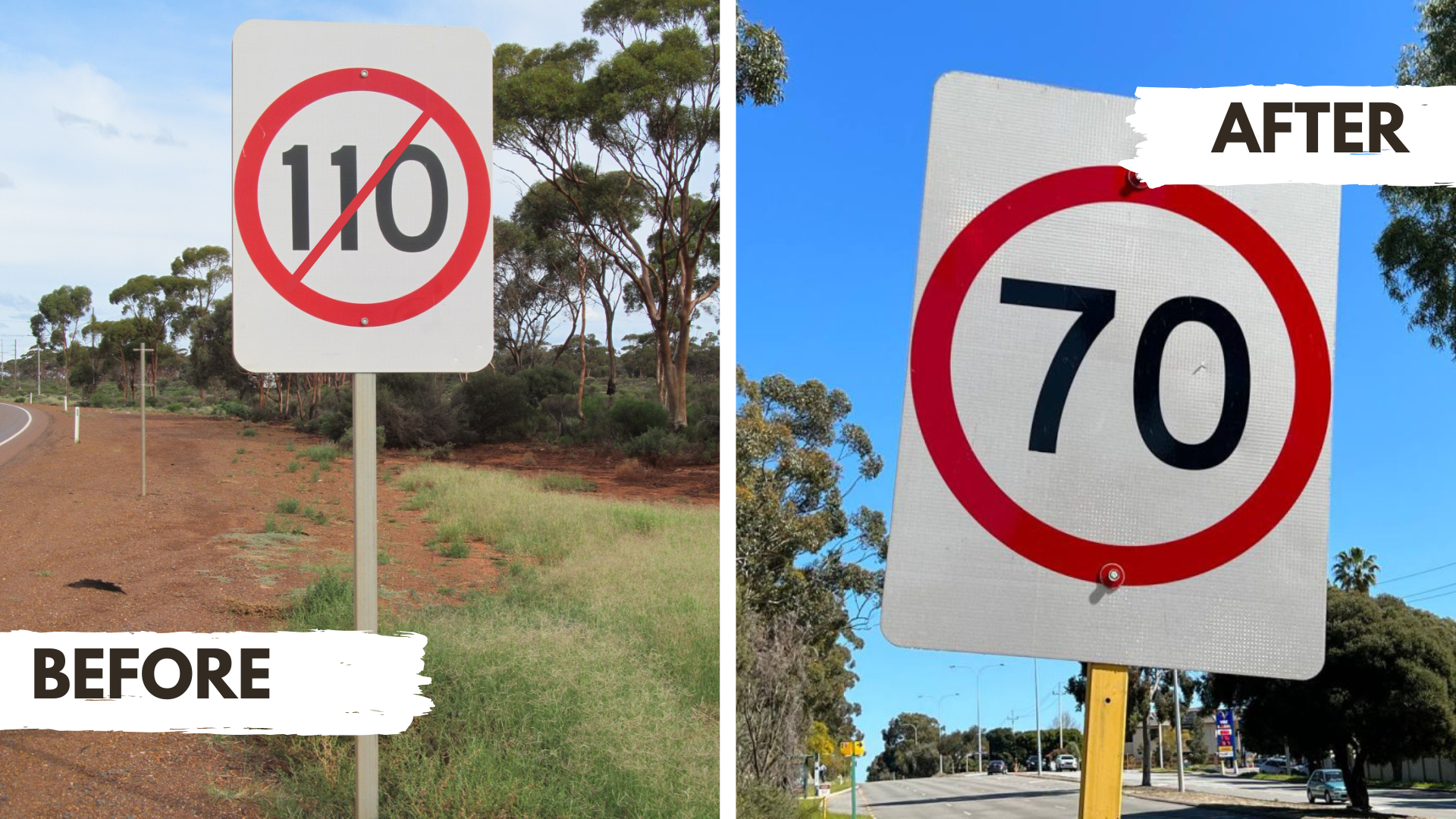
What Are the New Cameras Detecting?
The advanced mobile and fixed cameras will be capable of detecting:
- Illegal mobile phone use – Drivers caught using their phones could face fines of up to $1,000 and four demerit points.
- Seatbelt violations – Failing to wear a seatbelt or wearing it incorrectly will also be penalized.
- Speeding – The cameras will monitor both spot speed and average speed over long distances.
How Do They Work?
Using cutting-edge AI technology, the cameras will automatically identify whether a driver is holding a mobile phone or any other object that may cause distraction. If flagged, WA Police will review the footage and determine whether a fine should be issued.
Road Safety Commissioner Adrian Warner emphasized the importance of this technology in changing driver behavior:
“We have a culture problem, and these cameras are the first step in addressing it.”
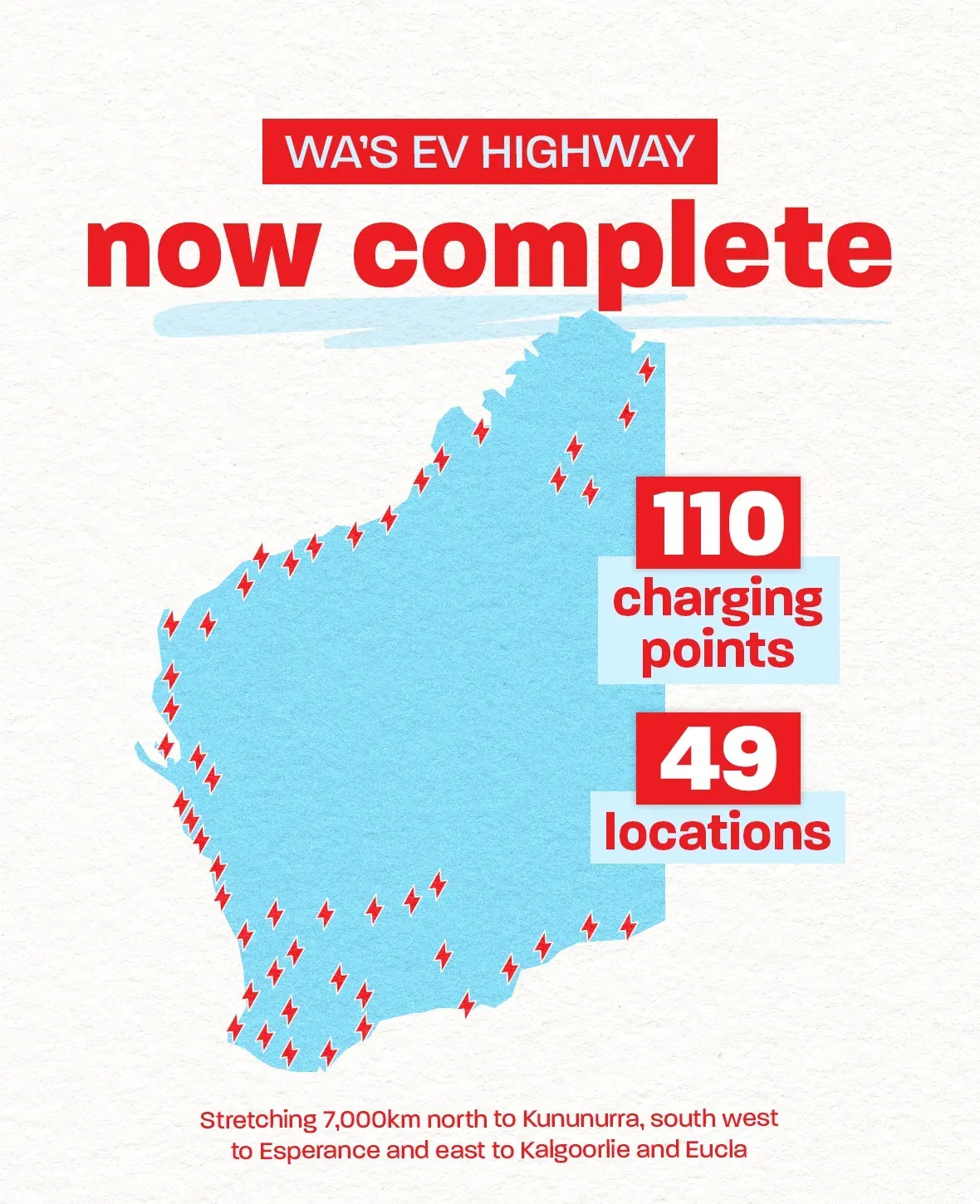
Three-Month Warning Period Before Fines Kick In
The new cameras will begin issuing warning letters from Australia Day 2025, giving drivers three months to adjust before fines start in April. During this period, anyone caught violating the rules will receive a caution notice instead of a fine.
WA’s Alarming Statistics on Distracted Driving
A trial conducted in 2022 showed the extent of the problem:
- 66,000 drivers were caught using their mobile phones.
- 265,000 drivers were detected speeding.
- 11,400 motorists were found not wearing their seatbelts correctly.
A follow-up trial on Kwinana Freeway in 2024 found even more violations, reinforcing the need for tougher enforcement.
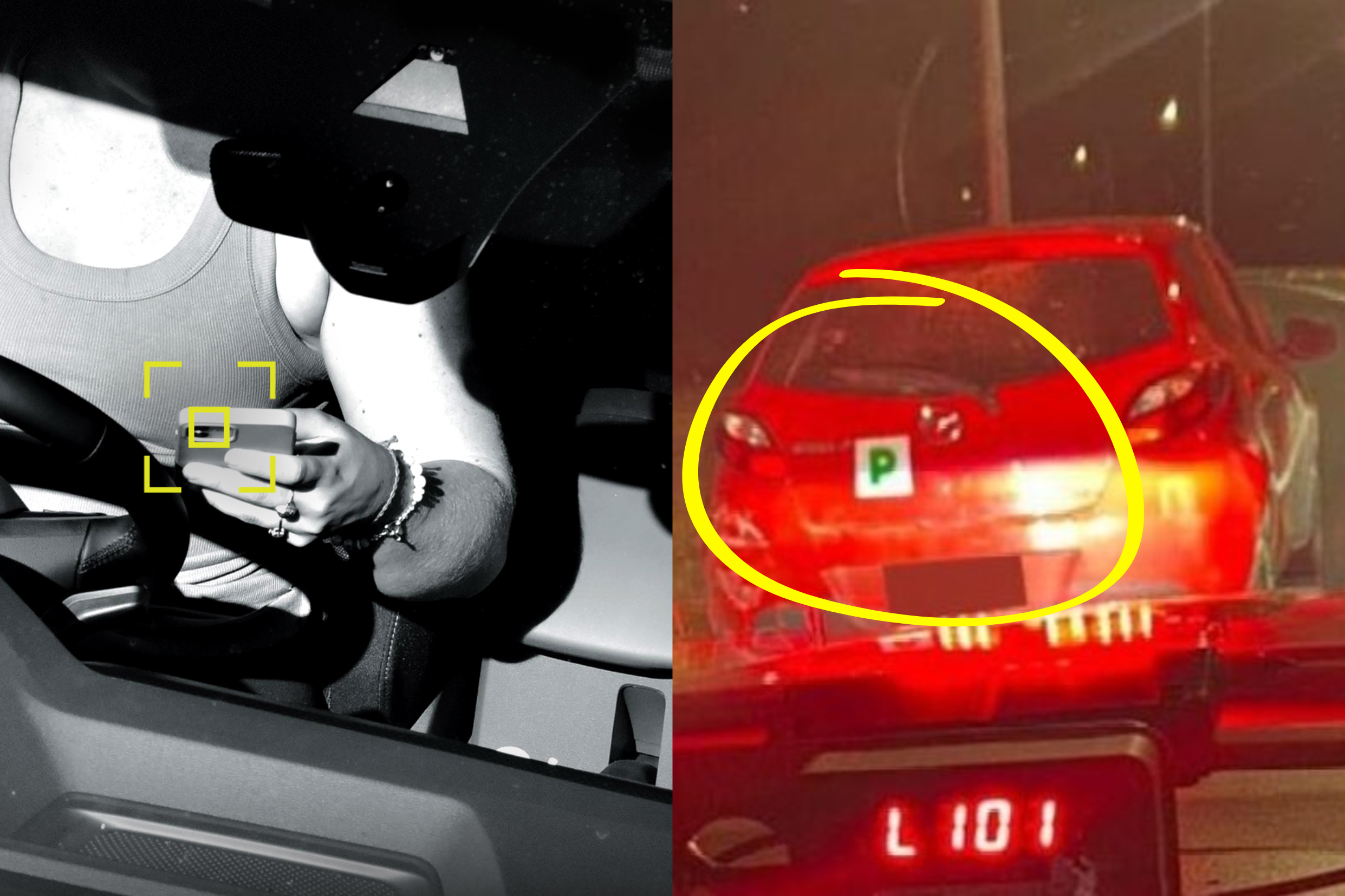
Where Will the Cameras Be Installed?
The state is deploying six mobile cameras and two fixed cameras across high-risk locations in Perth and regional areas. These locations have been selected based on past data showing high levels of non-compliance.
Not Just About Revenue, Says WA Government
The government insists that this initiative is about saving lives, not raising revenue. While some critics argue that fines will generate millions in revenue, Road Safety Minister David Michael stated:
“The message is clear: slow down, buckle up, and put your phone away. This is about keeping Western Australians safe on the roads.”
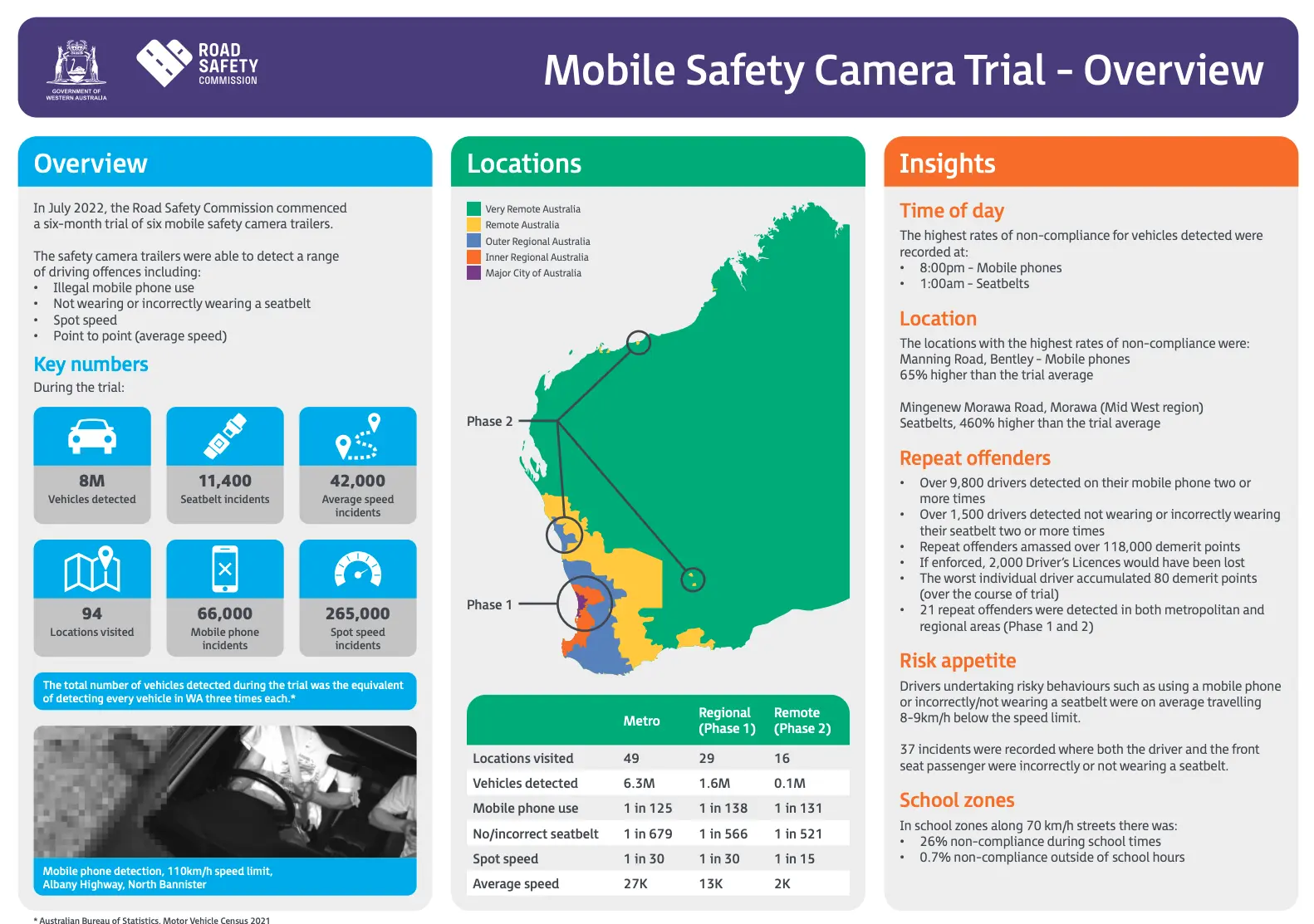
What’s Next?
With WA recording its highest road toll since 2016, authorities are considering further measures, including increased enforcement, expanded camera deployment, and public awareness campaigns.
Drivers are urged to stay informed, follow the rules, and avoid hefty fines once the cameras go fully operational in April 2025.
Let our experts do the hard work so you can drive away with the best price. Start exploring today. Find out more!
